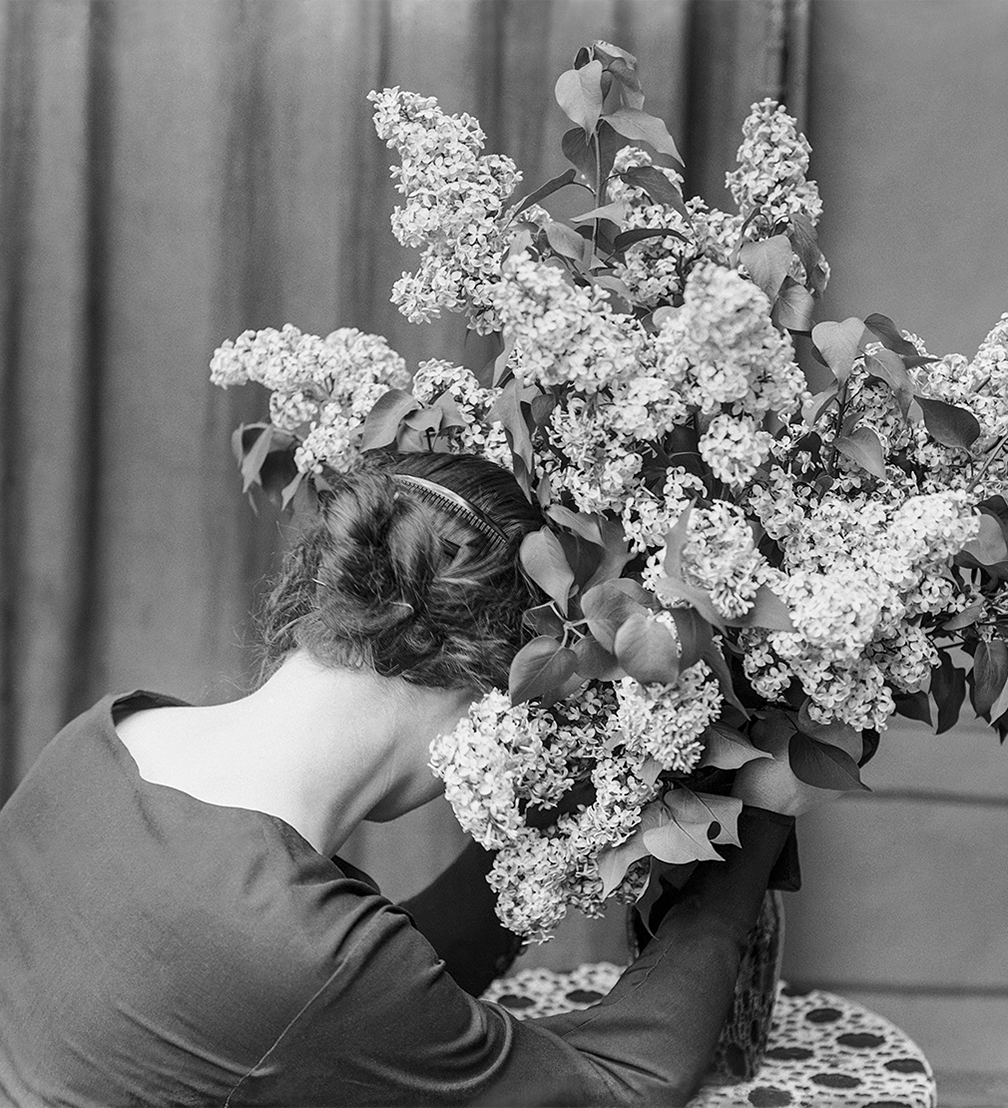
Until June 15, the National Art Gallery in Vilnius is hosting a major exhibition, Silver Girls. Retouched History of Baltic Photography, which will reveal a hidden and little-explored chapter in the work of female photographers from the first half of the 20th century. In the exhibition, three contemporary artists will engage in a creative dialogue with twenty-one early women photographers from Lithuania, Latvia, and Estonia.
The works of the Silver Girls from Lithuania, Latvia, and Estonia present not only technical and artistic achievements in photography but also deepen our understanding of women’s role in shaping the visual history of the Baltic region. «Why do we know so little today about women photographers of the first half of the 20th century? I think it’s because the conditions for women’s work to flourish in the field, which is associated with technical skills, were for a long time very limited in comparison to the work of male photographers. The opportunities to improve not only craft skills but also artistic expression through study and comparison with international achievements have been limited as well. I pay my respects to the curators of the exhibition for uncovering this photographic heritage for the public and, together with contemporary artists, offering a meaningful interpretation of it,» says chief curator of Lithuania’s National Gallery of Art, Lolita Jablonskienė.
On the margins of the history of photography
The history of Baltic photography has long been told from a male perspective, as is common in many fields. Although many women photographers worked in the shadow of their male counterparts — often as retouchers, copyists, or assistants — others managed to set up their own studios, reflected or shaped the aesthetics of their time, contributed to the development of commercial photography, and were significant representatives of photography as an art form.
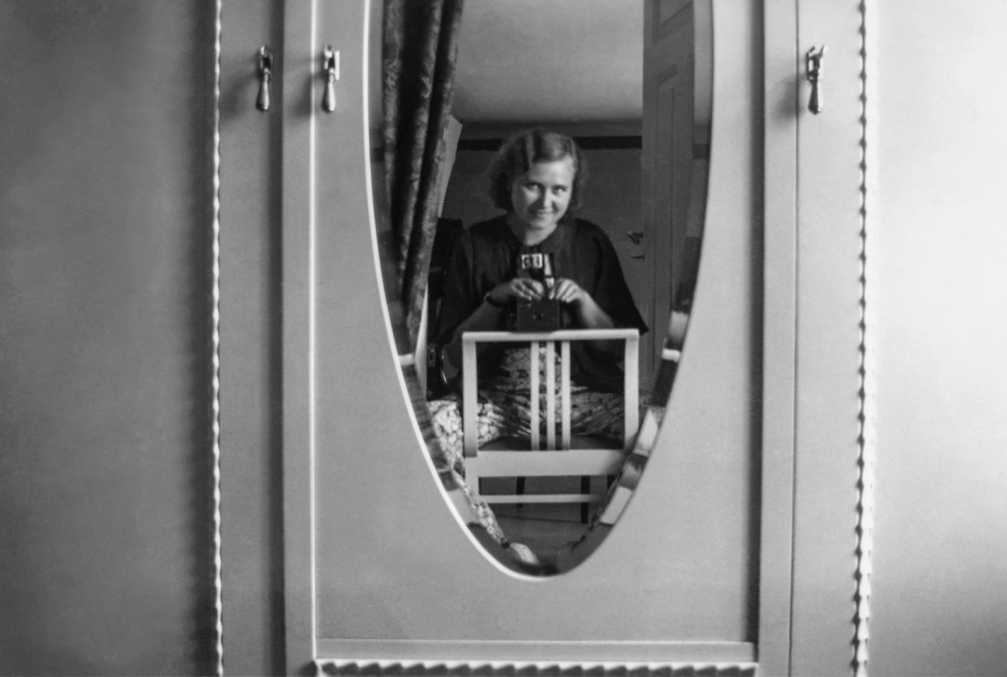
The curators of the exhibition, Silver Girls. Retouched History of Baltic Photography, Šelda Puķīte, Agnė Narušytė, and Indrek Grigor, present twenty-one female photographers from Estonia, Latvia, and Lithuania, including both well-known and lesser-known artists, each of whom has played an important role in the history of Baltic photography. These photographers — such as Veronika Šleivytė, Paulina Mongirdaitė, and Zinaida Bliumentalienė in Lithuania, Lūcija Alutis–Kreicberga and Marta Pļaviņa in Latvia, Olga Dietze and Hilja Riet in Estonia — not only captured everyday life, but also produced portraits of high technical and artistic quality that are today valued as a unique testament to the times.
The Silver Girls exhibition project first took place in 2020 at the Tartu Art Museum. It showed selected works by ten early women photographers from Estonia and Latvia, paired with works by contemporary European artists contemplating our visual history’s lost and neglected aspects. For the Vilnius exhibition, curators Šelda Puķīte and Indrek Grigor were joined by Agnė Narušytė, thanks to whom the content of the exhibition was substantially supplemented by the works of seven early Lithuanian photographers. «The presentation of the project at the National Gallery of Art in Vilnius was a great opportunity to look back at the history of the Baltic States and to show how women’s work has influenced the development of photography throughout the region. By expanding the exhibition and adding new material from Lithuania, we hope to give viewers a deeper insight into this important aspect of our often intertwined and sometimes even shared history,» emphasises Puķīte.
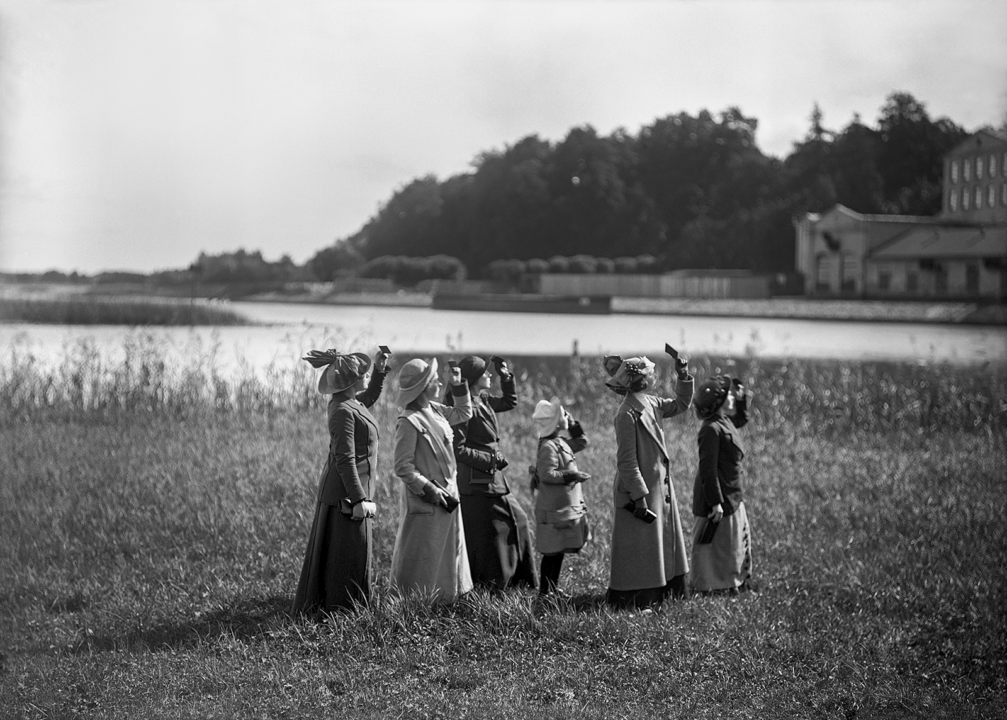
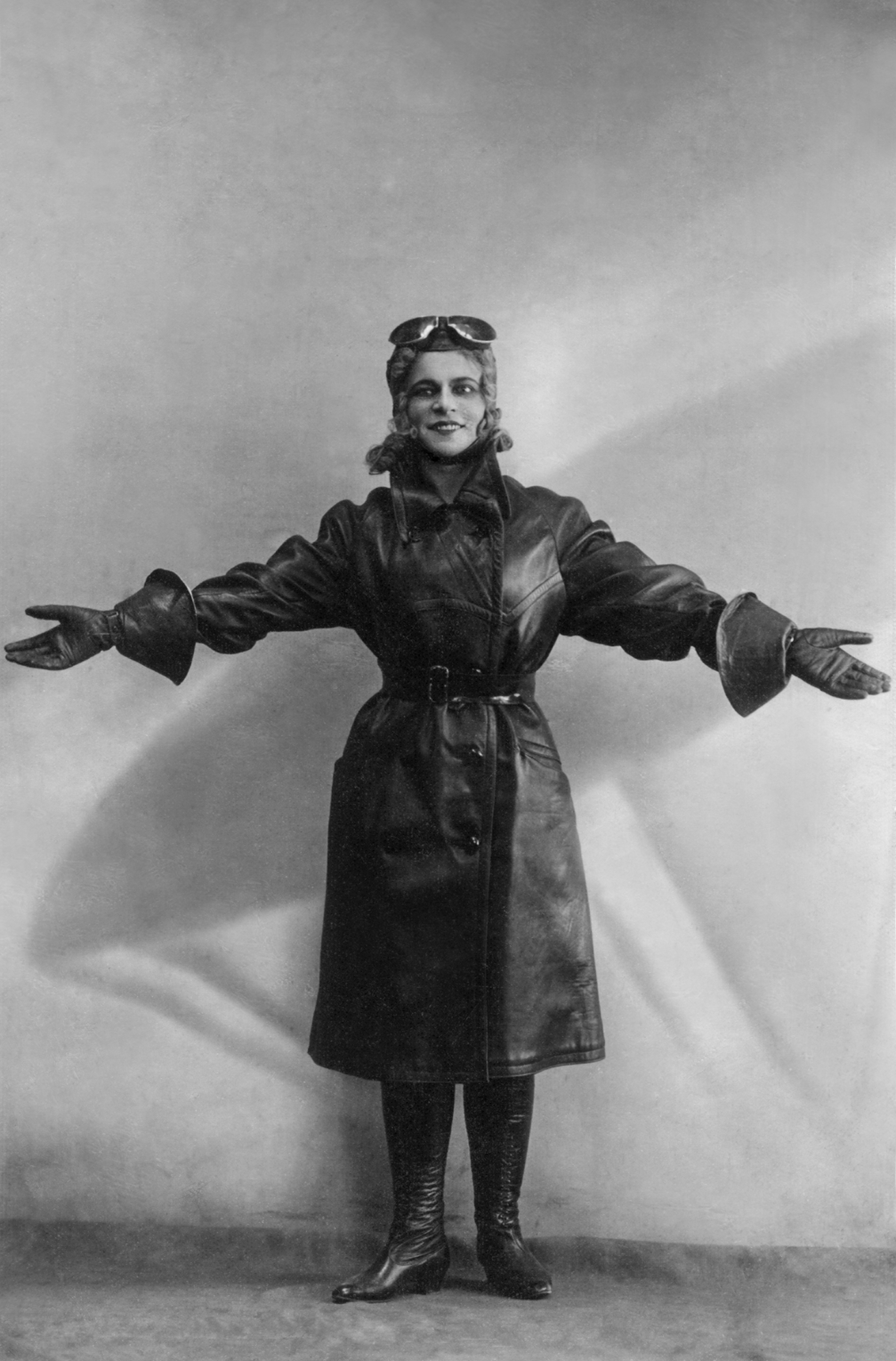
Through mysticism and domesticity — remarks by contemporary women artists
Despite its universal appeal, the development of photography in the three Baltic countries is rarely explored in parallel, partly due to language barriers. Three contemporary artists, Marge Monk, Diāna Tamane, and Goda Palekaitė, will attempt to bridge this divide. On the opening day, Palekaitė will present a new performance, Lunar Sisterhood, created for the Lithuanian version of this exhibition, which will later remain in the exhibition as an installation. Here, the mystical form of the full moon becomes the unifying force around which the spirits of the exhibition gather.
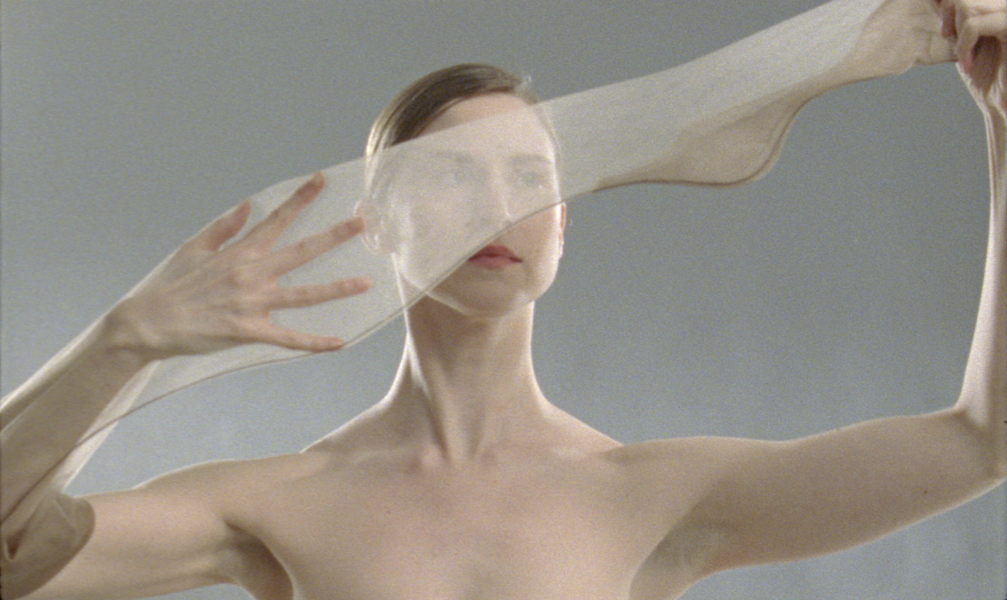
Meanwhile, Marge Monko’s video Sheer Indulgence uses the seductive yet oppressive language of commercial imagery, which has historically provided women with both income and independence.
However, many of us have a much simpler perception of everyday photography — as a functional tool, a simple and sincere way to preserve fragile memories, like artist Diānas Tamane’s flower-loving grandmother, whose photo albums inspired the series Flower Smuggler.
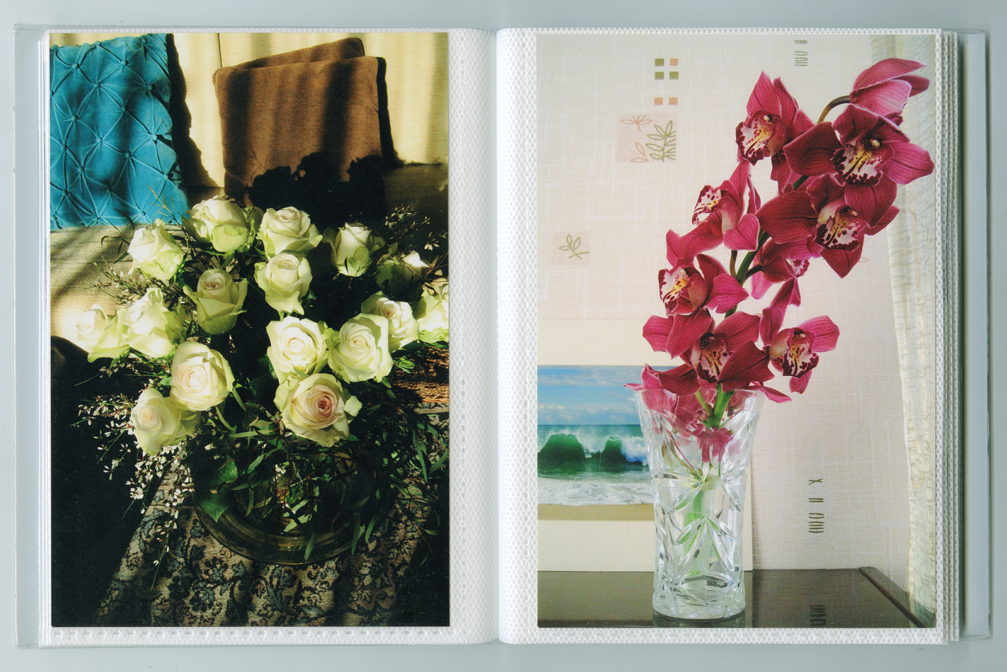
Through a dialogue with contemporary women artists from the same region, and the links between different historical periods, artistic practices, and themes, the stories of these early photographers become part of a broader narrative of photographic development. The Silver Girls exhibition offers an opportunity to revisit our shared history from a new perspective and to appreciate the contributions to visual culture of women whose work has been overlooked or undervalued. It is like a reflection in a mirror, where the past and the present are intertwined, allowing the viewer to discover what has been forgotten and appreciate what has been hidden.
Exhibition Silver Girls. The Retouched History of Baltic Photography at the National Gallery of Art in Vilnius is on view until June 15. Read more about the exhibition on the website of the gallery.
Project funded by: Culture Ministry of the Republic of Lithuania, Lithuanian Council for Culture, Cultural Endowment of Estonia, State Culture Capital Foundation of Latvia, VV Foundation. Project partners: Tartu Art Museum, Wunder Kombinat, NoRoutine Books. Sponsors: Fundermax, publishing house Lapas.
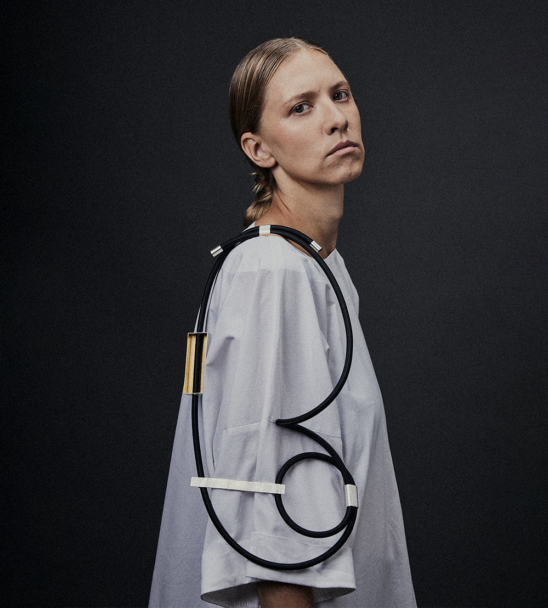
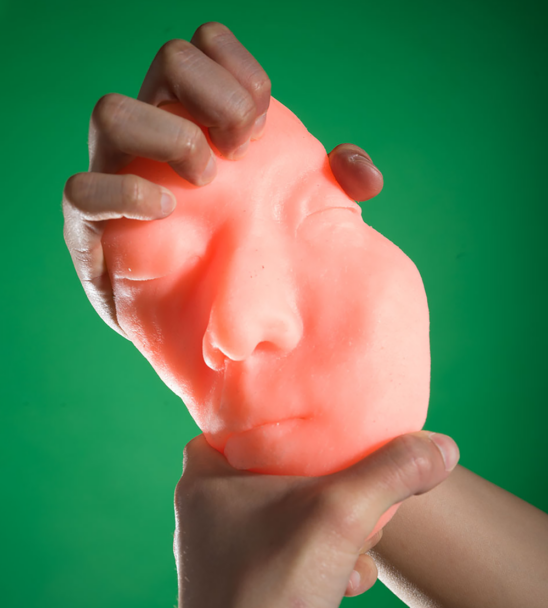
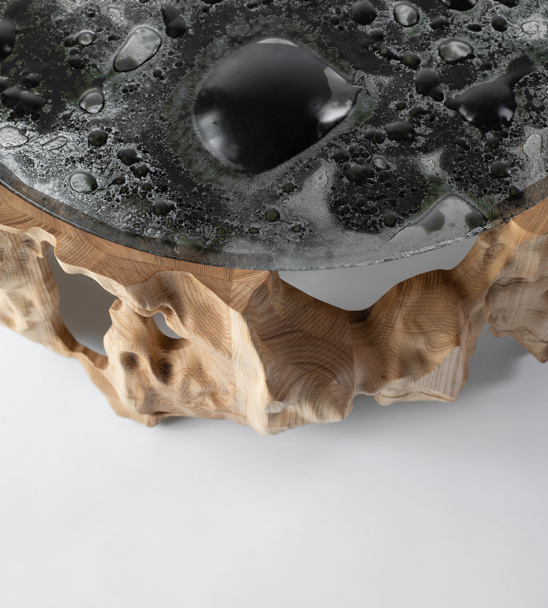
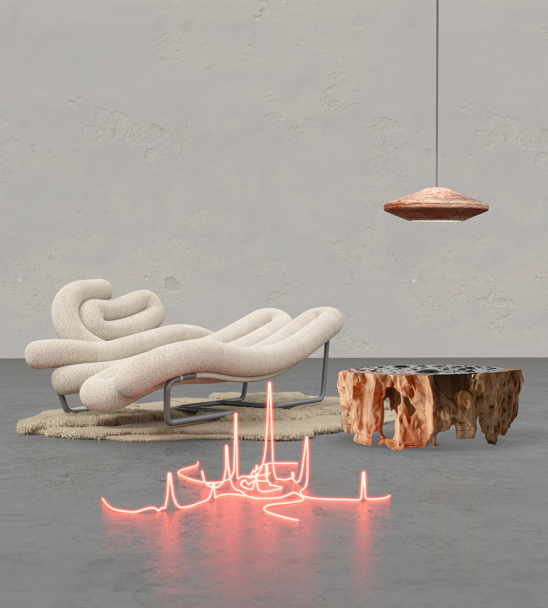
Viedokļi